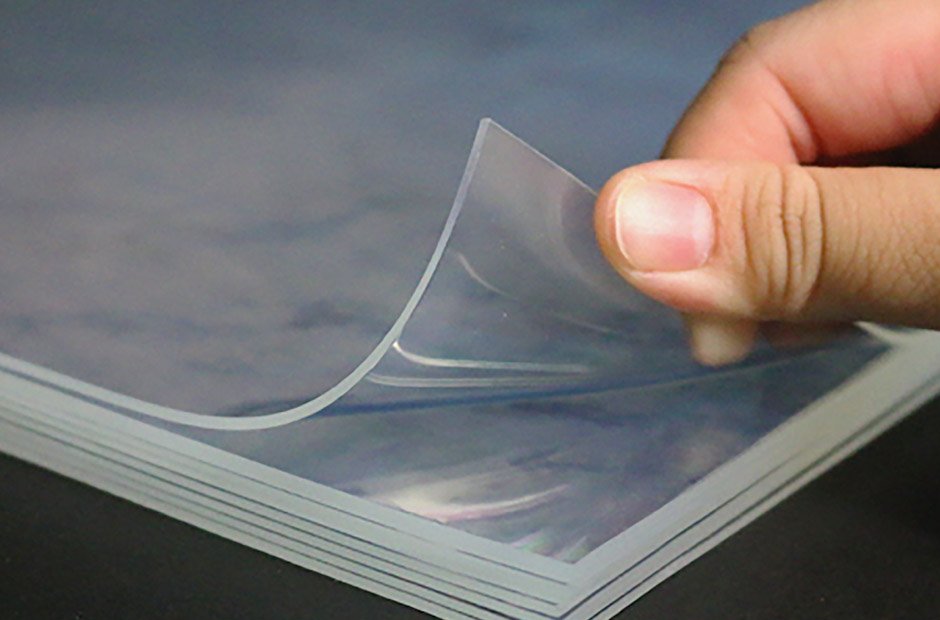Plastics have become an integral part of our daily lives, offering unparalleled functionality in myriad applications. Among these, plastic sheets are particularly widespread, used in everything from packaging to construction.
However, with increasing environmental concerns, it’s essential to delve into the environmental impact of these sheets and understand their recycling potential.
The Environmental Impact of Plastic Sheets
Resource Consumption
The production of plastic sheets starts with the extraction of crude oil, which, when refined, provides the raw materials for plastic production. This process is energy-intensive, requiring large quantities of water and energy. The extraction itself also disrupts local ecosystems, sometimes leading to habitat destruction.
Pollution and Waste
The processing of crude oil into plastic emits a considerable amount of greenhouse gases. Furthermore, if plastic sheets are not disposed of properly, they can end up as litter, which finds its way into our rivers, seas, and, eventually, the marine food chain.
The sheer durability of plastics, while advantageous in many applications, means that these sheets can persist in the environment for hundreds of years.
Wildlife Threat
Animals often mistake plastic sheets for food, leading to ingestion. This not only poses a choking hazard but also causes toxins to accumulate in their systems, leading to health complications or death. Over time, as these plastics break down into microplastics, they infiltrate deeper into the ecosystem, affecting even the smallest of aquatic organisms.
Recycling Potential of Plastic Sheets
Varieties of Plastic Sheets
To understand their recycling potential, it’s crucial to recognise the different types of plastic sheets. Commonly used plastics include polyethylene (PE), polypropylene (PP), and polyvinyl chloride (PVC). Each has distinct properties and recycling processes.
Recycling Process
Once collected, plastic sheets undergo a series of steps to be recycled:
- Collection and Transportation: Local councils or private entities collect and transport the plastics to recycling centres.
- Sorting: The sheets are sorted based on their resin type and colour. This is often done manually or with the aid of infrared technology.
- Cleaning: Contaminants such as food residue or adhesives are removed. The sheets are then washed thoroughly.
- Shredding: The cleaned sheets are shredded into smaller pieces. These pieces are often termed as ‘flakes’.
- Extrusion: The flakes are melted and extruded to form pellets, also known as ‘nurdles’. These can be used to manufacture new plastic products.
Advantages of Recycling
Recycling plastic sheets have multiple benefits:
- Conservation of Resources: It reduces the need for raw materials, thus conserving natural resources and energy.
- Reduction in Greenhouse Emissions: Recycling requires less energy compared to producing new plastic. This reduction in energy consumption translates to fewer greenhouse gas emissions.
- Economic Growth: Recycling can generate employment opportunities in collection, transportation, and processing.
- Protection of Marine Life: By ensuring that plastic is recycled and not littered, we can significantly reduce its infiltration into marine ecosystems.
The Role of Manufacturers and Consumers
To make a meaningful impact, both manufacturers and consumers have a role to play. Manufacturers, such as Simply Plastics, are increasingly recognising the importance of sustainable practices. They can contribute by producing recyclable plastic sheets, investing in research to create biodegradable alternatives, or implementing take-back schemes.
Consumers, on the other hand, must be proactive in recycling. Proper segregation of waste, participation in local recycling schemes, and supporting businesses with green initiatives can go a long way.
In Conclusion
While plastic sheets have become indispensable in our lives, their environmental impact cannot be ignored. Thankfully, the potential for recycling these sheets is significant. By understanding the implications of our plastic consumption and actively participating in recycling efforts, we can pave the way for a more sustainable future.


